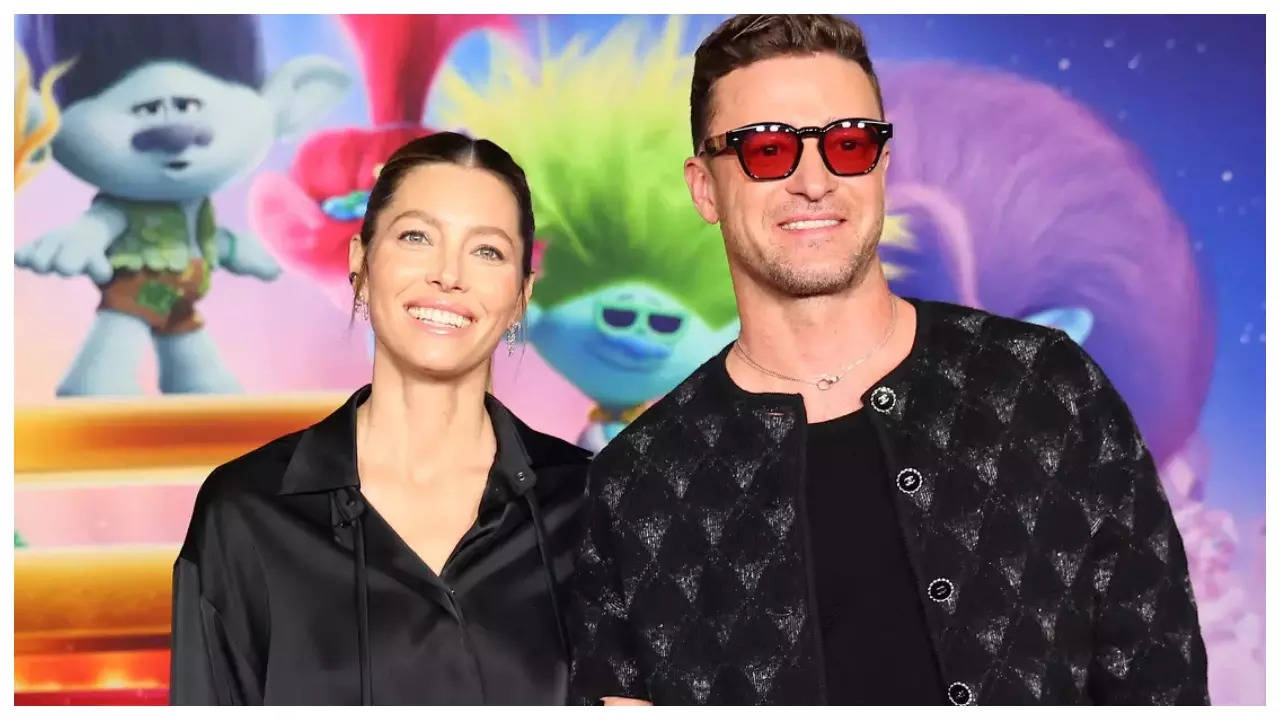UC Laryngology team develops groundbreaking new data to improve voice and swallowing

The same technology is being adapted to provide a wealth of new information to researchers seeking to improve or restore patients’ voice and swallowing function.
“Voice and swallowing go hand in hand,” says Dr. Rebecca Howell of the University of Cincinnati. “As long as they work, nobody thinks anything of it until they’re taken away. But both impair our ability to connect with others.”
Howell and her colleagues use tiny high-speed cameras inserted through the patient’s nose to examine the throat and learn more about the mechanics of speech and swallowing.
“The vibrations of the vocal cords themselves, which give us our voice, and the act of swallowing both happen faster than the human eye,” said Howell, an associate professor in the departments of otolaryngology and head and neck surgery, director of the Laryngology Fellowship Program in UC’s College of Medicine, and a practicing surgeon and director of the UC Health Swallowing Center. “By using high-speed technology, we can see more. We’re talking about four milliseconds, which is a very short period of time.”
The high-speed images provide insights into the physiology of vocal mechanics and swallowing that were previously not possible.



